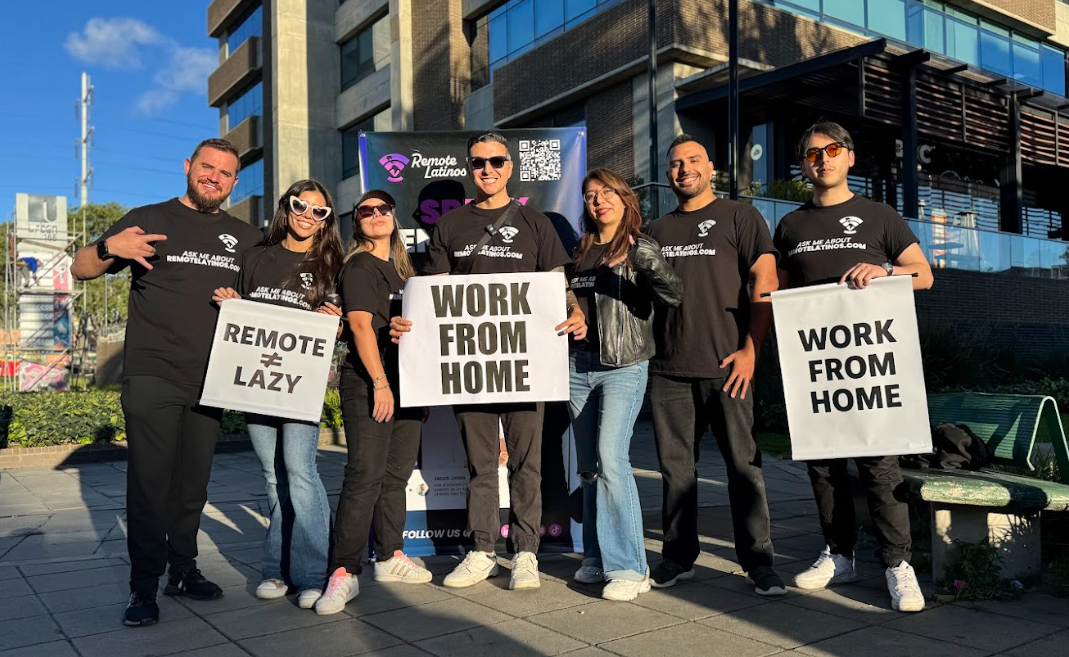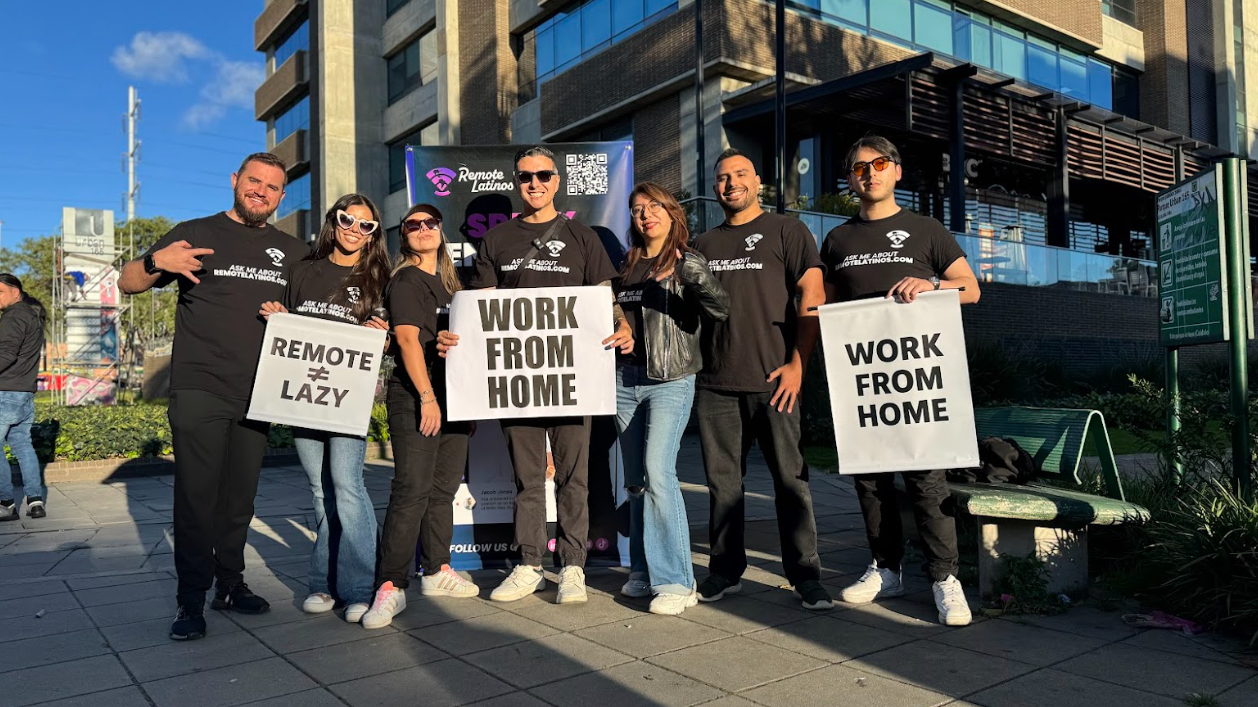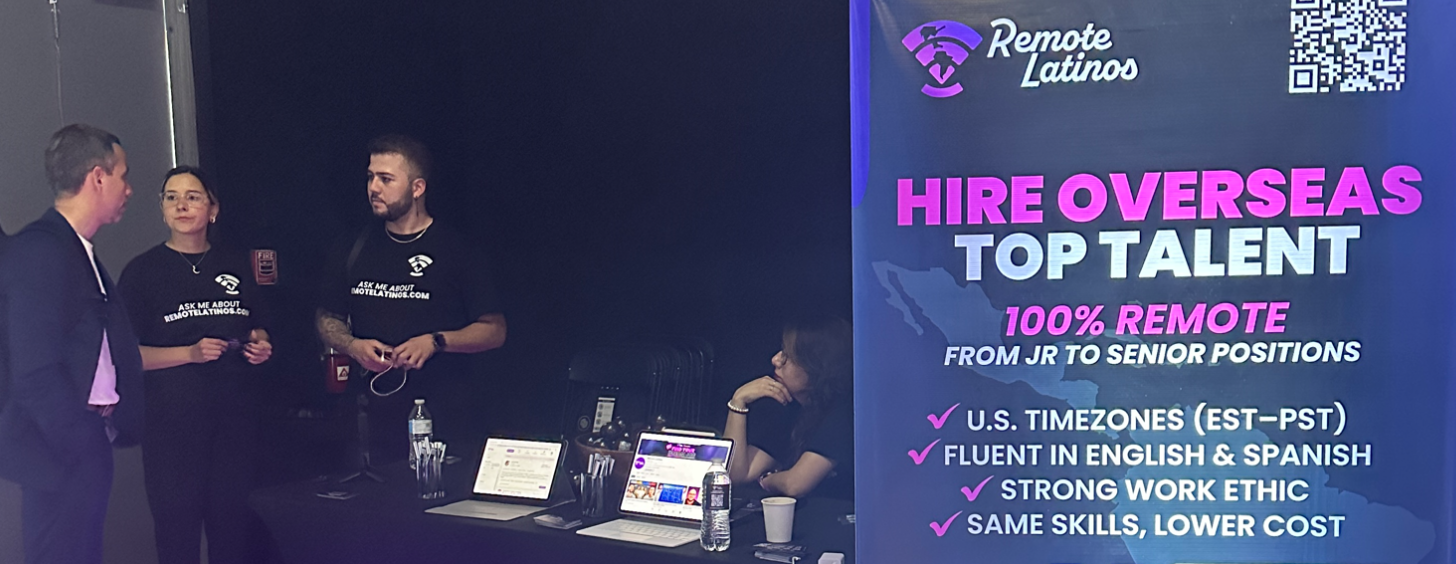Why Latin American Talent Is Essential for Your Operations Team

Why Latin American Talent Is Essential for Your Operations Team
If you are an entrepreneur, Founder, CEO, COO or CMO, this is for you. If scaling your operations is a priority, but rising payroll costs, talent shortages, and turnover are slowing you down, this is your opportunity.
Latin America is fast becoming the go-to source for skilled, bilingual, operations professionals who work U.S. hours, integrate seamlessly with your team, and deliver at a fraction of domestic costs.
In this blog, you'll discover exactly why top-performing companies are building nearshore operations teams, and how you can do the same, quickly and compliantly.

Table of Contents
- Why Companies Are Looking to Latin America for Talent
- The Strategic Advantage of Latin American Professionals in Operations
- What Top Hiring Experts Say About Recruiting Great People
- How to Effectively Hire and Retain Latin American Operations Talent
- Case Studies and Success Metrics
- Conclusion
- FAQ
Why Companies Are Looking to Latin America for Talent
The global workforce is undergoing a shift. Rising labor costs in North America and traditional outsourcing hubs like India and the Philippines, combined with the increased adoption of remote work, have prompted companies to look to Latin America for a new kind of nearshore advantage.
According to Latino Talent by Robert Rodriguez, Latinos are the fastest-growing workforce segment in the U.S., expected to make up 25% of the labor force within the next few years. This upward trend reflects not only demographic shifts, but also increasing access to education, English fluency, and digital readiness across the region.
In fact, the growth of remote work in Latin America has been exponential. A Gallup study cited in TurboHire’s Complete Guide to Remote Hiring reveals that 35% of workers intend to keep working remotely long-term. This cultural shift has created a workforce that is not only ready but eager to participate in the global economy.
The Strategic Advantage of Latin American Professionals in Operations
Operations is the backbone of any company. It requires people who are detail-oriented, process-driven, and comfortable juggling logistics, timelines, and communication across departments. Latin American professionals bring unique strengths to this space:
1. The Time & The Zone: Live Connection
Working with professionals in countries like Colombia, Peru, or Mexico means overlapping business hours with the U.S.-based teams, unlike offshore teams in Asia, which may only overlap for 1–2 hours.
2. Strong English Proficiency
Cities like Buenos Aires, Medellín, and Monterrey have high concentrations of bilingual professionals. Argentina, for instance, ranks among the top 30 countries in the EF English Proficiency Index.
3. Loyalty and Low Turnover
Cultural values in Latin America emphasize loyalty, relationship-building, and long-term career goals. Companies report lower attrition rates and higher engagement from LATAM team members.
4. Innovation Potential
Research from Leading Latino Talent to Champion Innovation finds that Latin American professionals are especially effective in problem-solving roles. Their cultural upbringing fosters creativity, adaptability, and the ability to navigate ambiguity, key traits in operations and logistics roles.
Also read:
Why Latin American Professionals Are a Smart Choice for U.S. Business Growth
Simplify Your Hiring Process: Build Better Teams, Faster
What Top Hiring Experts Say About Recruiting Great People
How to Hire Remote A-Players
Hiring managers to build a "virtual bench", a pre-vetted group of candidates ready to step in when opportunities open up. This proactive approach works well in Latin America, where strong local recruiting networks can be tapped in advance.
Hiring Remote Latino Talent
Latino professionals want to feel "seen and supported." Effective recruitment in this demographic means going beyond compensation and speaking to career growth, purpose, and inclusion.
How Not to Hire Remote Talent
Poor communication and vague job definitions as the top causes of hiring failures. With Latin American teams, clarity matters. Detailed expectations, regular feedback, and transparent processes help remote hires thrive.
How to Recruit, Hire and Retain Remote Top Talent
First, reinforce the need for employer branding and structured onboarding when hiring remotely. Latin American hires, in particular, value recognition, structure, and mentorship.
How to Effectively Hire and Retain Latin American Operations Talent
1. Write Outcome-Based Job Descriptions
Rather than focusing on tasks or personality traits, highlight deliverables. For example, instead of “must be detail-oriented,” say “you’ll be responsible for reducing shipping errors by 15% in your first quarter.”
2. Source from the Right Platforms
- Workana: Latin America's largest freelancer platform
- Remote Latinos: Offers remote top talent and bilingual candidates.
- Remote.com and Deel: Handle legal compliance, payroll, and benefits
- LinkedIn Groups: Search for country-specific ops professionals
3. Prioritize Cultural Integration
Create informal onboarding spaces where new hires can build rapport. Use messaging apps like Slack with dedicated culture or "off-topic" channels to mimic the camaraderie of an in-person team.
4. Provide Long-Term Growth Opportunities
LatAm professionals thrive when offered stability, leadership tracks, and personal development. According to Latino Talent, lack of internal mobility is a top reason for attrition.
5. Use Structured Interviewing Tools
Hiring software like TurboHire or BreezyHR offers templates, candidate scorecards, and one-way video interviews to ensure consistency, reduce bias, and improve quality of hire.
Case Studies and Success Metrics about Latin American Talent in Operations Team
Case Study 1: U.S. E-commerce Brand
The company built a remote logistics coordination team in Medellín, Colombia. The result? 47% reduction in operating costs, with zero turnover over 12 months.
Case Study 2: SaaS Company in Healthcare
A bilingual operations lead hired in Mexico City redesigned the company’s client onboarding process, cutting setup time from 5 days to just 2 days.
Case Study 3: Logistics Tech Startup
After struggling to hire operations managers in the U.S., the company partnered with a Latin American recruitment firm and filled 12 roles in under 45 days, cutting time-to-hire by 60%.
Conclusion
Hiring Latin American talent for your operations team is more than just a smart financial move, it’s a strategic imperative for high-growth businesses that want to stay agile, competitive, and aligned across borders.
From cultural alignment and cost savings to resilience and innovation capacity, Latin American professionals bring more than skills to the table, they bring solutions.
If you're scaling your ops function in 2025 and beyond, the question isn’t if you should hire in Latin America, it’s how soon you can get started.
FAQ
Which countries are best for hiring operations talent in Latin America?
Colombia, Mexico, Argentina, Uruguay, and Venezuela are among the top due to their tech infrastructure, large urban talent pools, and time zone proximity to the U.S.
How do I ensure legal compliance when hiring Latin American Talent?
Use global employment solutions like Deel, Oyster, or Remote Latinos to manage payroll, contracts, taxes, and benefits legally.
What types of roles can I fill in operations by hiring Latin American Talent ?
Logistics coordinators, operations managers, project managers, procurement analysts, customer service leads, supply chain associates, and back-office operations assistants.
Are Latin American professionals open to remote-first teams?
Yes. Remote work adoption is high across major cities. Most professionals actively seek long-term remote roles.
References
Caraballo, V., McLaughlin, G., & McLaughlin, H. (2014). Leading Latino talent to champion innovation. Business Expert Press.
Dalton, S. (2021). The job closer: Time-saving techniques for acing resumes, interviews, negotiations, and more. Ten Speed Press.
Herrenkohl, E. (2010). How to hire A-players: Finding the top people for your team—even if you don’t have a recruiting department. John Wiley & Sons.
Johnson, K. (2022). How to recruit, hire and retain great people. G&D Media.
Kumler, E. (2020). How not to hire: Common mistakes that keep you from finding and keeping the best employees. HarperCollins Leadership.
Rodriguez, R. (2007). Latino talent: Effective strategies to recruit, retain, and develop Hispanic professionals. John Wiley & Sons.
TurboHire. (n.d.). A complete guide to successful remote hiring & remote work. TurboHire. Retrieved from [PDF]
Snyder, D. P. (2008). How to hire a champion: Insider secrets to find, select, and keep great employees. Career Press.
Janson, S. (Ed.). (2022). Recruiting knowledge for job seekers: Criteria of applicant selection & procedures, writing unsolicited applications, recruitment tests & references, online reputation & interviews. Best of HR – Berufebilder.de





